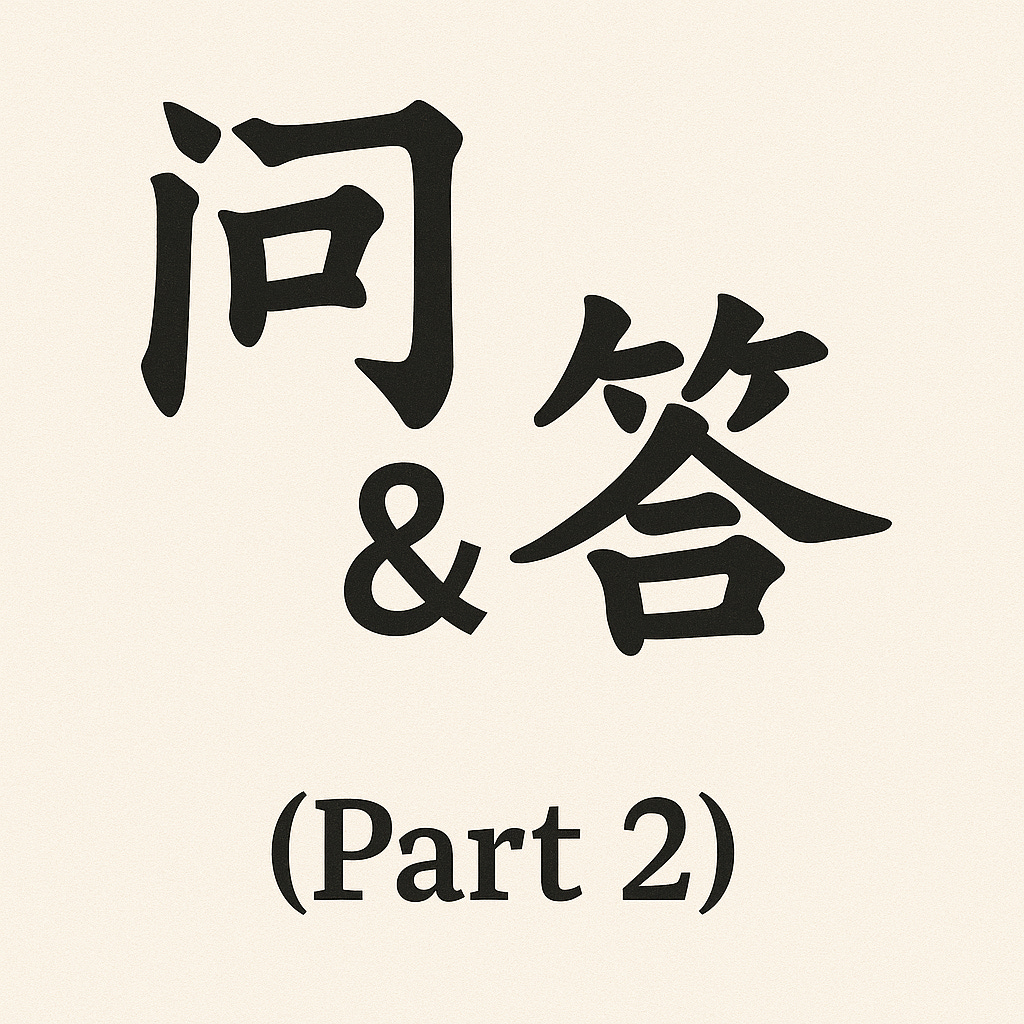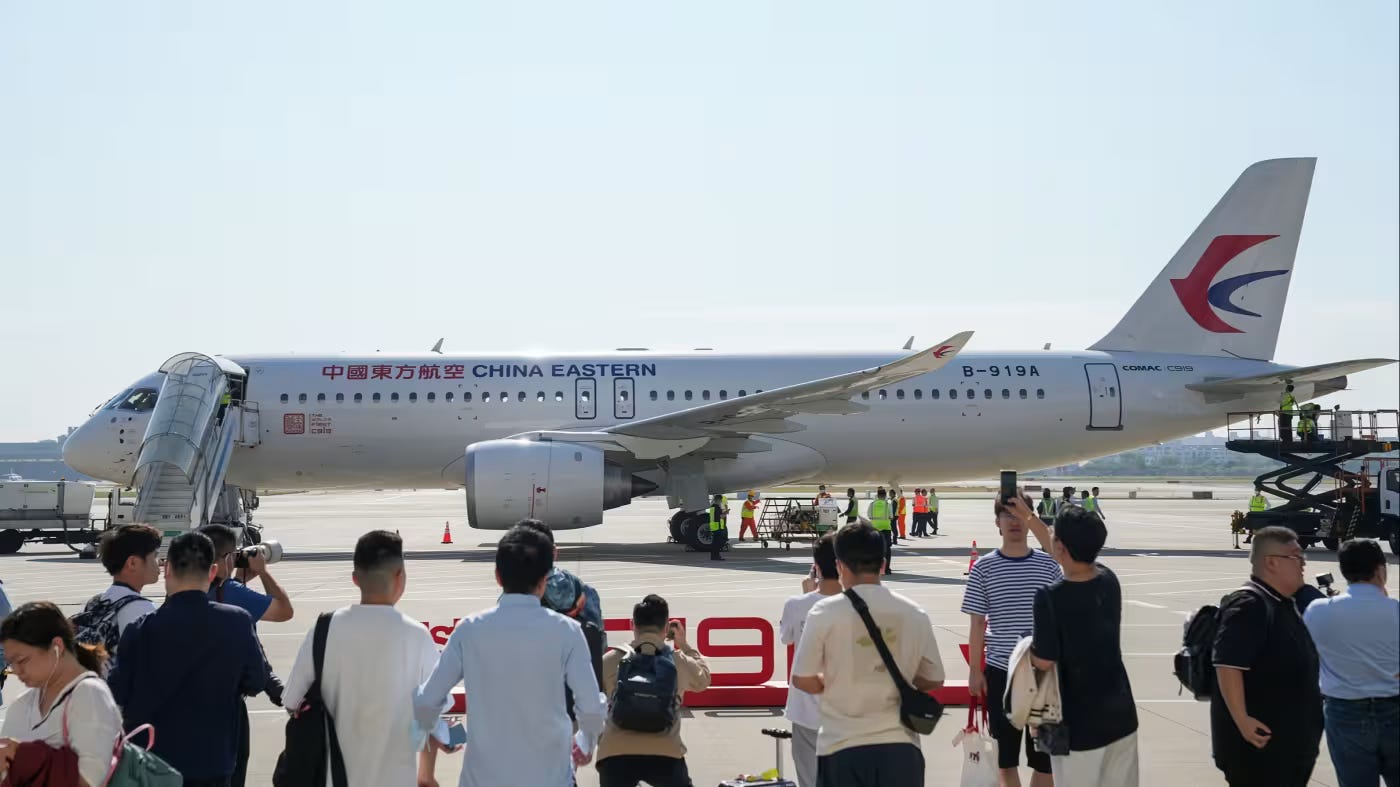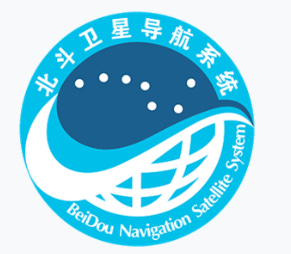Questions and Answers (Part 2)
China, Tokamak, Comac, Thorium and the Big Dipper
Following on from the more general Questions and Answers from my former colleague (see Questions and Answers Part 1) I would pose the following four questions - with refence to China. As to the picture,
问 (wèn) → means “to ask” or “question”
答 (dá) → means “to answer”
Questions:
Do you know what a Tokamak is and why it has recently been in the news for China?
Have you heard of COMAC and what it is doing?
Do you know about Oak Ridge and more specifically Thorium molten salt reactors? And what is happening in China?
Have you heard of The Big Dipper? or BeiDhou in Chinese? And why it is important?
Answers:
Obviously there is a lot of interest in traditional Fission energy, especially with the anticipated demands from AI, and China is rapidly expanding in this traditional area, but a Tokamak is a nuclear Fusion reactor, basically an artificial sun. The HH70, developed in Shanghai just achieved a record 17 minutes (or over 1000 seconds) of continuous power. This is a major breakthrough on the road towards Fusion Energy, which, it goes without saying, would completely reshape, well everything.
There are also reports of a huge new facility being built in Szechuan see here.
More details are available here
COMAC is the Commercial Aircraft Corporation of China and is China’s state owned domestic aircraft manufacturer. It is expanding rapidly and is filling in one of the key remaining gaps in China’s manufacturing base. The picture, sourced from a May article in the FT, is of the 909 regional jets already in service, but plans for wide bodied and long range jets are well advanced.
Currently, many parts, especially engines, are still sourced from the west, specifically the US, and have been a key feature of discussions around reciprocal tariffs. Experts claim it will take years to compete with Airbus and Boeing, but the recent experience of EVs brings that into question. Experts also claimed it would take China decades to catch up with 5nm chips.
Of course, the US and European regulators can drag their feet on certification to protect their domestic markets, but we have seen this movie before. The real importance is that the huge Chinese domestic market will likely be dominated by Comac, while the fastest growing markets of the BRICS will also welcome the competition. Oh and Russia is pretty good at making jet engines.
Oak Ridge was a US research facility in the 1960s that developed the process of generating nuclear energy by using Uranium 233, obtained by bombarding Thorium - a widely available element - with radiation. However, as explained here in an article from MIT, that project was abandoned in favour of using Uranium 238, which, as has been widely reported over the years, was seen as more suitable for Nuclear Weapons as it produced Plutonium as a bi-product.
The relevance for China (as we mentioned in our recent monthly) is that they have copied the technology and incorporated it in an updated molten salt reactor that they have been running for over a year and have just refuelled - without taking it offline. This is another major breakthrough in the energy transformation space and, while this is still a small experimental reactor, it could be scaled very quickly.
As previously discussed at Market Thinking, China is the world leader in sustainable energy production - producing more new electricity in the first four months of this year than the UK’s entire installed base - but is leading across the whole energy transition space, be it small modular nuclear, Thorium or, as mentioned above, Fusion. A key point on Thorium as far as China is concerned is that it has enough domestic supply of Thorium to last 20,000 years.
This is without opening any new mines, since Thorium is actually a bi-product of rare earth mineral production.
The Big Dipper (BeiDou) is China’s alternative to the US GPS system.
Fully launched in 2020, it is acknowledged to be ahead of GPS and obviously from a GeoPolitical standpoint is vital for China - and also anyone worried about the US turning off GPS, or otherwise using it against them. As such, a number of countries are also signing up to it, much in the same way that they are breaking away from the US monopoly on other systems, such as SWIFT banking.
The wider point on all this, is that China recognises its major geo-strategic weakness is its need to import energy and energy is vital to economic growth. Especially with energy hungry AI.
China’s use of wind and solar is consistent with practical geography, ie where there is wind and sun, and is backed up by coal fired power stations using domestic coal. As such, the rapid move to embrace EVs is partly due to a reduced need to import oil and partly due to reduced particulate pollution. Very little (in our view) is about Climate Change, which is a major distraction and misallocation of capital for the west in our view.
Consistent with this is the roll out of multiple traditional uranium based, but small modular, nuclear plants and now the Thorium plants. Over-riding all of this of course would be Nuclear Fusion. Any one of these technologies is a major advance for Chinese energy independence, but either of the latter two would be transformational as they would make energy close to free. Then they can start exporting the energy technology to the rest of the world. Along with its Comac aircraft no doubt.
PS - Viewing China like GM, when it’s actually Steve Job’s Apple.
My old colleague from UBS days, George Magnus, is still out there ploughing his ‘ China is over’ furrow over at the Guardian this week (I really like George, but we rarely agree on this sort of stuff) and while this may be very much what people want to hear, his stance reflects a consensus viewpoint that needs challenging in my view.
As we see it, viewing China through standard western metrics of GDP and inflation is putting things backwards, akin to criticising Steve Jobs for not increasing the dividend at Apple and saying it should be more like GM (Ha!, I just spotted the coincidence with George’s initials! LOL).
Indeed, Apple didn’t pay a dividend from 1996, when he returned, until 2012, the year after he left. During this time, the share price went from an adjusted 16c to $12.16c. Cash flow and dividends are the right metric for mature, developed economics/companies like the west and GM, but not for rapidly emerging economies/companies like China and, then, Apple. We get this for companies, why not economies?
China is not targeting GDP per se, sure it has a target of GDP per capita, but its 5 year plans are for things like moving 100m people from the countryside to the cities. Building enough homes for them is a result of that, not an economic target in itself. In the same way, the initiatives on sustainable energy are about creating cheap and abundant energy for economic growth and wellbeing, not about meeting some arbitrary UN measurement on Co2. Nor, in contrast to the UK are they trying to ‘create jobs’ in green industries.
China also recognises that requiring the consumer sector to take on debt in order to drive consumption such that GDP increases is the equivalent of a bad CEO taking on debt to boost his measured EPS number. More Tim Cook than Steve Jobs.
But that’s all for a separate post.





Pulling on some great threads here… looking forward to more